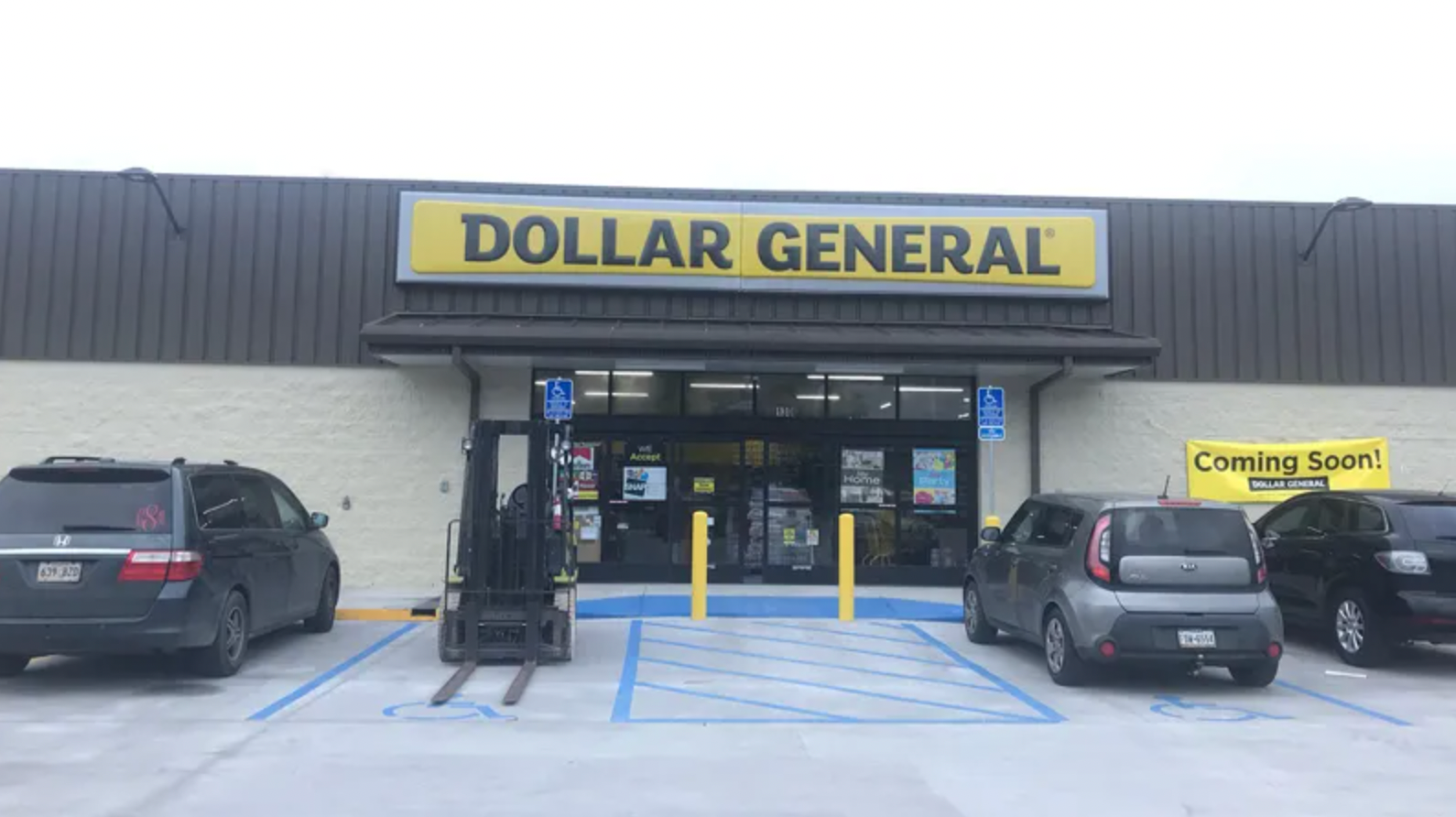Artificial reef targeted for Frenier Landing
Published 12:10 am Saturday, May 14, 2016
LAPLACE — Conservation leaders are planning to build an artificial reef near Frenier Landing in LaPlace to help stem the tide of Louisiana’s diminishing wetlands.
John Walther, conservation and habitat project coordinator for Coastal Conservation Association’s Louisiana branch, said the organization is dedicated to preserving marine resources.
The organization, Walther said, has 24,000 members in the state and 30 local chapters. One of the chapters is located in the River Parishes.
“Louisiana is losing marine resources everyday, both our habitat and our fish,” Walther said. “We’re losing them by natural processes, which are then accelerated by man-made causes. As we lose land, we lose fishers’ habitats but also because of indiscriminate fishing, we’ve lost some of our fish stock. Our organization is really dedicated to making sure that we can maintain our resources for future generations.”
The Conservation Association is leading an artificial reef program in partnership with the Louisiana Department of Wildlife and Fisheries and with sponsorship from private industries.
Reefs are placed in areas that are losing habitat or lack enough habitat to support a good fishery.
There are artificial reefs in Lake Pontchartrain, and the Conservation Association hopes to add another one in St. John the Baptist Parish at Frenier Landing by the end of the year.
With its proximity to the boat lunch, the new reef, Walther feels, will provide great access for boaters.
The reef will be made out of recycled concrete or limestone, whichever material is most available.
The hard material is used to create a hard attachment point for the marine organisms.
“Most of our waterways, our lakes and bays, have soft bottoms,” he said.
“They are either sand or mud, and you need a hard structure for the marine food chain to begin to support that habitat.”
It starts with the small organisms that attach to hard surfaces, and that supports the baitfish that the predator fish eat. The predator fish, Walther said, are the ones sportsmen go after, such as Speckled Trout, Flounder and Drum.
The reef is still in the planning and permitting stages, but Walther said the organization hopes to begin construction this year.
“Typically, the reefs that we have built are two to three acres in size, and we use anywhere from six to eight thousand tons of material on a reef that size,” he said.
“It only takes a couple of days to complete. We go in there with barges and tugs and big cranes. So it’s just a matter of a couple of days to unload the material and put it in the water.”
Louisiana Wildlife and Fisheries Biologist Craig Gothreaux the next step is to let the public know what’s going on.
That’s why representatives spoke to St. John Parish Council members this week.
“The benefit of an artificial reef is that it provides a hard substrate that things like barnacles and oysters can start to settle on to create the base of the food chain,” Gothreaux said.
“It also creates little hiding holes for small invertebrates and fish. It also disrupts the flow of water, with attracts filter feeders, which is the forage base for predator fish.”
The reef will be about a mile from Frenier Landing, providing boaters and those in kayaks, Gothreaux said, a great recreational fishing spot.
River Parishes chapter habitat committee chair Allen Dupont said Frenier Landing “picked itself” for the new reef.
“We talked to Wildlife and Fisheries about what we could do in the area,” Dupont said. “They said there was an existing bed there that could be utilized. It’s a better start then trying to build one on the soft bottom.”
Dupont, Walther and Gothreaux presented the reef idea to the Council without any objection.
“Since they are behind it, that makes it easier for us to move forward,” Dupont said.
“We have to get permits, and permits require local approval. If you don’t have a team effort, it won’t go through.”





